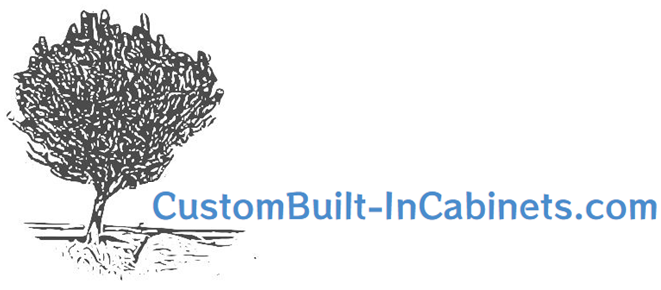Life as a Tool
Me, Tool 2.0: Life as a Tool
By Ryan Bruzan
Let me tell you a story. It’s about a tool—one of the best in the box. This tool has been used so many times, it barely resembles how it started. Its handle is cracked from the hard blows it’s taken. Its surface is worn smooth from countless jobs. But the tool doesn’t mind. In fact, it prefers to be used, because if it’s not being used, what’s the point?
This tool is valuable, not because it’s shiny or new, but because it gets the job done when nothing else can. It’s the first tool people reach for when they’re in a pinch, the one they trust to be fast and accurate. It’s been borrowed, relied on, even rewarded for its work.
But life as a tool isn’t always easy. Sometimes it’s left behind, forgotten on a table or in the grass. Sometimes it’s abandoned when a newer tool comes along. It’s been stolen, lost, and tossed aside. Rust creeps in when it’s ignored too long, and there’s no polishing to bring it back.
Still, this tool has a history. It’s been part of building greatness—structures and creations that stand tall and proud. But it’s also been used to tear down, to destroy what others have made. It has been gripped in moments of frustration, hurled in anger, yet always picked up again.
This tool knows its purpose. It was made for a specific job, but it’s discovered over time that it can do so much more. When creativity enters the picture, the tool finds itself being used in unexpected ways—ways that go beyond its original design. It wonders sometimes: Should I do this? Is this my purpose? But the answer doesn’t matter, because whether it’s building or breaking, the tool is content as long as it’s being used.
And whether the tool is a simple hammer or a powerful saw, each has its unique and important purpose. The hammer drives nails, securing pieces together with strength and precision. The saw cuts through materials, shaping and forming them into something new. Neither is better or worse; they simply serve differently. Each tool plays a role that no other can fully replicate, and together, they create something greater than the sum of their parts.
In the same way, a carpenter is like a tool with many smaller tools within. Every skill they’ve learned—measuring, cutting, sanding, finishing—functions like a specialized tool in their mental toolbox. With these tools, a carpenter doesn’t just build one thing; they create something larger and more meaningful. A single carpenter, like a single tool, is part of producing something greater: homes, furniture, and spaces that shelter, support, and inspire others.
Even as it ages, with cracks and flaws that show a life well-lived, the tool becomes more perfect in its imperfection. Each scar is a testament to its value.
So here’s the question: what’s the best tool you use? Is it something tangible, like a hammer or a pencil? Or is it something within you—your mind, your heart, your ability to connect with others?
We are all tools in a way, designed for a purpose but capable of so much more. Like the tool in this story, our worth isn’t in how perfect we look or how long we last, but in the ways we contribute, create, and transform the world around us.
And maybe, just maybe, when we feel forgotten or worn down, we can remember this: being used means we matter.
Me, Tool.
Compilation Note: I was curious how ChatGPT could be used to enhance and improve my original story, Me, ToolMe, Tool. This version has been created using AI ChatGPT and does not jeopardize the original message, and adds a qualities to the character of my original post. Thanks for visiting. I hope you found meaning in the message.
Good day!
Ryan
